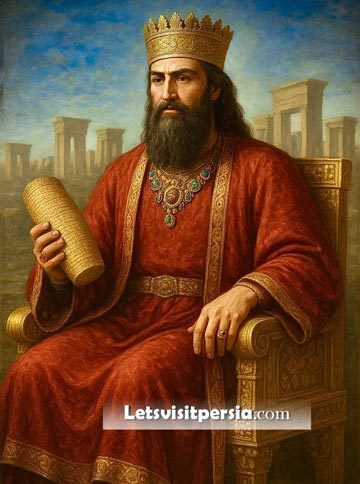The Cyrus Cylinder | History, Meaning & UNESCO Recognition
The Cyrus Cylinder, often referred to as one of the earliest declarations of human rights, has once again drawn global attention.
During the 43rd General Conference of UNESCO, member states acknowledged the Cyrus Cylinder as a cultural document that reflects early principles of human dignity, coexistence, and respect for diversity.
This renewed recognition underscores the significance of ancient Persia’s contributions to humanity’s shared heritage, particularly in an era where intercultural understanding is increasingly valued.
The Cyrus Cylinder – Ancient Persia’s Charter of Human Rights
The Cylinder itself dates back to the 6th century BCE and was created following the conquest of Babylon by Cyrus the Great, the founder of the Achaemenid Empire.
Inscribed in Akkadian cuneiform, it outlines Cyrus’s policies of religious tolerance, the restoration of displaced peoples, and the protection of local traditions, an approach remarkably progressive for its time.
Rather than ruling through fear or forced assimilation, Cyrus established an empire built on pluralism and civic respect, which became a defining characteristic of Persian governance.
This remarkable artifact was discovered in 1879 during British Museum excavations at the ancient site of Babylon in modern-day Iraq.
Today, the Cyrus Cylinder is preserved and displayed at the British Museum in London, where it continues to be one of the institution’s most iconic objects.
Over the years, it has traveled to several countries for special exhibitions, sparking fascination among historians, travelers, and cultural enthusiasts alike.
Its continued recognition on the global stage reaffirms its status not only as an archaeological treasure but as a timeless symbol of leadership grounded in humanity.
Share this post
Tripadvisor: Letsvisitpersia
WhatsApp :+989333020393
Telegram: Letsvisitpersia

Leave a Reply